Phenylacetylene
Synonym(s):Ethynylbenzene;Phenylacetylene
- CAS NO.:536-74-3
- Empirical Formula: C8H6
- Molecular Weight: 102.13
- MDL number: MFCD00008570
- EINECS: 208-645-1
- SAFETY DATA SHEET (SDS)
- Update Date: 2024-12-18 14:15:32
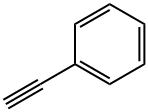
What is Phenylacetylene?
Description
Phenylacetylene is an alkyne hydrocarbon containing a phenyl group. It exists as a colorless, viscous liquid. In research, it is sometimes used as an analog for acetylene; being a liquid, it is easier to handle than acetylene gas.
Phenylacetylene undergoes polymerization catalyzed by Rh and Pt complexes to form polyphenylacetylene.
Chemical properties
colourless liquid
The Uses of Phenylacetylene
Phenylacetylene is involved in the preparation of styrene by reduction using Lindlar catalyst. It is used to study the mechanism of the palladium-catalyzed phenyl acetylene oxidative carbonylation reaction. It is also used in the polymerization process to prepare polyphenylacetylene namely 1,2,4-triphenylbenzene and 1,3,5-triphenylbenzene.
The Uses of Phenylacetylene
Ethynylbenzene, an aromatic hydrocarbon, is important in the petrochemical industry as an intermediate in the production of styrene, which in turn is used for making polystyrene, a common plastic mate rial.
The Uses of Phenylacetylene
Terminal acetylene used in the conversion of nitrones to alkynyl hydroxyl amines in the presence of trimethylaluminum..
What are the applications of Application
Terminal acetylene used in the conversion of nitrones to alkynyl hydroxyl amines in the presence of trimethylaluminum.
Phenylacetylene was used in a study to investigate the mechanism of product formation during the palladium-catalysed phenylacetylene oxidative carbonylation reaction.
Definition
ChEBI: Ethynylbenzene is a member of benzenes.
Synthesis Reference(s)
Journal of the American Chemical Society, 89, p. 4487, 1967 DOI: 10.1021/ja00993a043
General Description
Phenylacetylene undergoes polymerization catalyzed by Rh and Pt complexes to form polyphenylacetylene.
Flammability and Explosibility
Flammable
Purification Methods
Distil phenylacetylene through a spinning band column. It should be filtered through a short column of alumina before use [Collman et al. J Am Chem Soc 108 2988 1986; for pK see Brandsma Preparative Acetylenic Chemistry, 1st Edn Elsevier 1971, p. 15, ISBN 0444409475]. [Beilstein 5 IV 1525.]
Precautions
Store in cool place. Moisture sensitive. Keep the container tightly closed in a dry and well-ventilated place. Incompatible with acids, halogens, alkali metals and oxidizing agents.
Properties of Phenylacetylene
| Melting point: | -44.8 °C |
| Boiling point: | 142-144 °C (lit.) |
| Density | 0.93 g/mL at 25 °C (lit.) |
| vapor pressure | 17.6 mm Hg ( 37.7 °C) |
| refractive index | n |
| Flash point: | 88 °F |
| storage temp. | Store at +2°C to +8°C. |
| solubility | H2O: insoluble |
| form | Liquid |
| pka | 19(at 25℃) |
| Specific Gravity | 0.930 |
| color | Clear colorless to yellow |
| Water Solubility | INSOLUBLE |
| Sensitive | Light Sensitive |
| Merck | 14,3861 |
| BRN | 605461 |
| Dielectric constant | 3.0(20℃) |
| Stability: | Stable. Flammable. Incompatible with strong oxidizing agents, acids, halogens. |
| CAS DataBase Reference | 536-74-3(CAS DataBase Reference) |
| NIST Chemistry Reference | Phenylacetylene(536-74-3) |
| EPA Substance Registry System | Phenylacetylene (536-74-3) |
Safety information for Phenylacetylene
| Signal word | Danger |
| Pictogram(s) |
 Flame Flammables GHS02  Exclamation Mark Irritant GHS07  Health Hazard GHS08 |
| GHS Hazard Statements |
H226:Flammable liquids H315:Skin corrosion/irritation H319:Serious eye damage/eye irritation H335:Specific target organ toxicity, single exposure;Respiratory tract irritation H350:Carcinogenicity |
| Precautionary Statement Codes |
P202:Do not handle until all safety precautions have been read and understood. P210:Keep away from heat/sparks/open flames/hot surfaces. — No smoking. P233:Keep container tightly closed. P303+P361+P353:IF ON SKIN (or hair): Remove/Take off Immediately all contaminated clothing. Rinse SKIN with water/shower. P305+P351+P338:IF IN EYES: Rinse cautiously with water for several minutes. Remove contact lenses, if present and easy to do. Continuerinsing. P308+P313:IF exposed or concerned: Get medical advice/attention. |
Computed Descriptors for Phenylacetylene
Phenylacetylene manufacturer
ALS INDIA LIFE SCIENCES
New Products
Tert-butyl bis(2-chloroethyl)carbamate 4-Methylphenylacetic acid N-Boc-D-alaninol N-BOC-D/L-ALANINOL N-octanoyl benzotriazole 3-Morpholino-1-(4-nitrophenyl)-5,6-dihydropyridin- 2(1H)-one Furan-2,5-Dicarboxylic Acid DIETHYL AMINOMALONATE HYDROCHLORIDE 1,1’-CARBONYLDIIMIDAZOLE R-2-BENZYLOXY PROPIONIC ACID 1,1’-CARBONYLDI (1,2-4 TRIAZOLE) N-METHYL INDAZOLE-3-CARBOXYLIC ACID (2-Hydroxyphenyl)acetonitrile 4-Bromopyrazole 5-BROMO-2CYANO PYRIDINE 5,6-Dimethoxyindanone 5-broMo-2-chloro-N-cyclopentylpyriMidin-4-aMine 2-(Cyanocyclohexyl)acetic acid 4-methoxy-3,5-dinitropyridine 1-(4-(aminomethyl)benzyl)urea hydrochloride 2-aminopropyl benzoate hydrochloride diethyl 2-(2-((tertbutoxycarbonyl)amino) ethyl)malonate tert-butyl 4- (ureidomethyl)benzylcarbamate Ethyl-2-chloro((4-methoxyphenyl)hydrazono)acetateRelated products of tetrahydrofuran

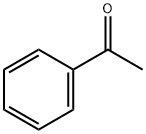

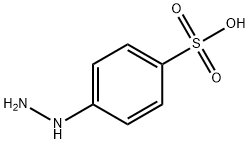

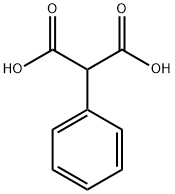

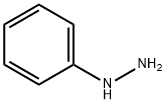
You may like
-
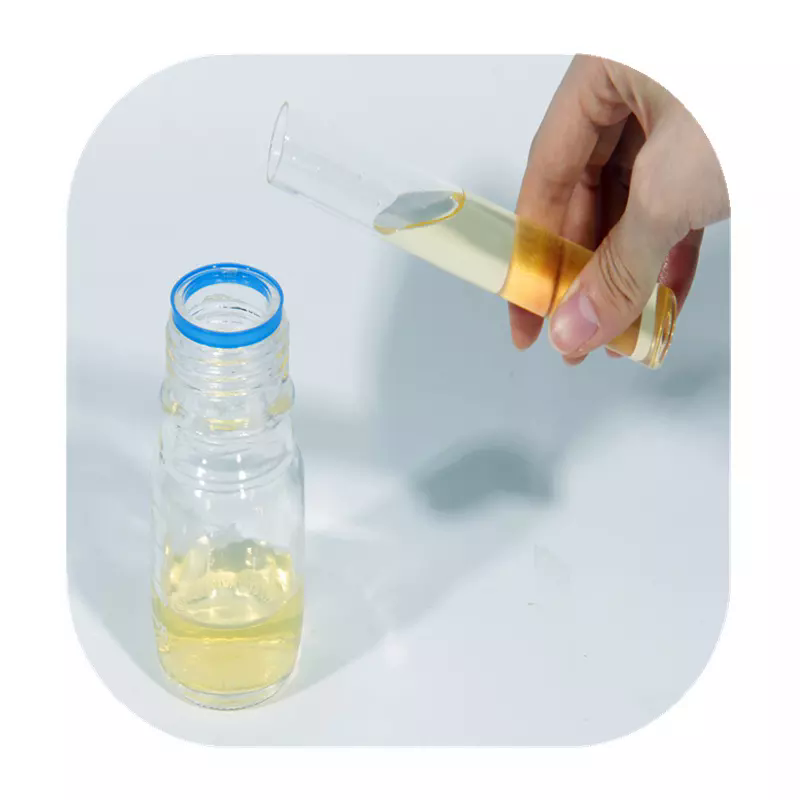 Phenylacetylene 536-74-3 98%View Details
Phenylacetylene 536-74-3 98%View Details
536-74-3 -
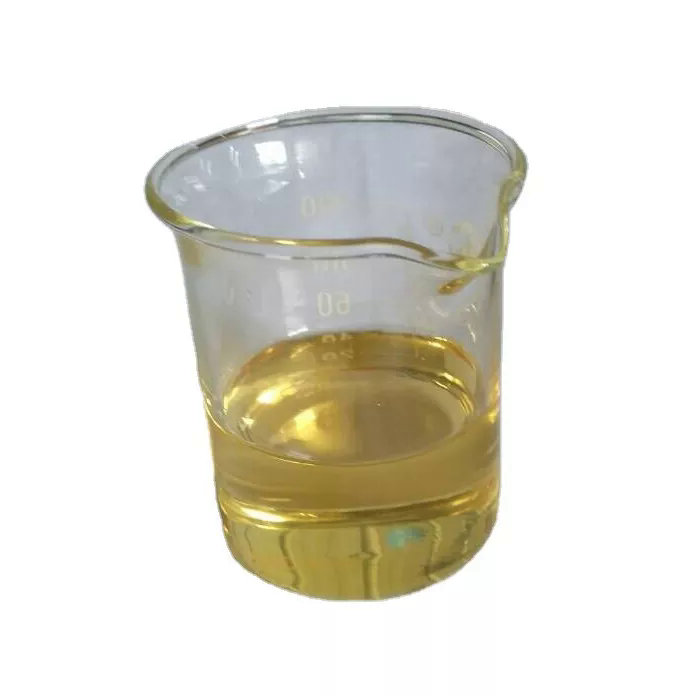 536-74-3 Phenylacetylene, 95% 99%View Details
536-74-3 Phenylacetylene, 95% 99%View Details
536-74-3 -
 Phenylacetylene CAS 536-74-3View Details
Phenylacetylene CAS 536-74-3View Details
536-74-3 -
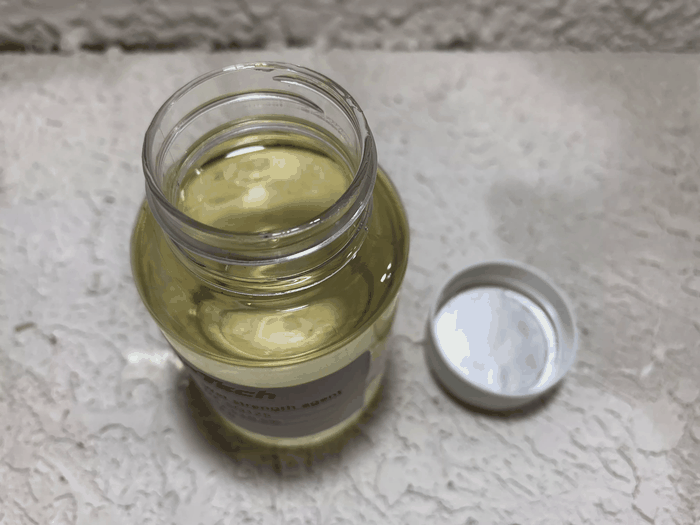 Phenyl acetylene 98%View Details
Phenyl acetylene 98%View Details
536-74-3 -
 Ethynylbenzene CAS 536-74-3View Details
Ethynylbenzene CAS 536-74-3View Details
536-74-3 -
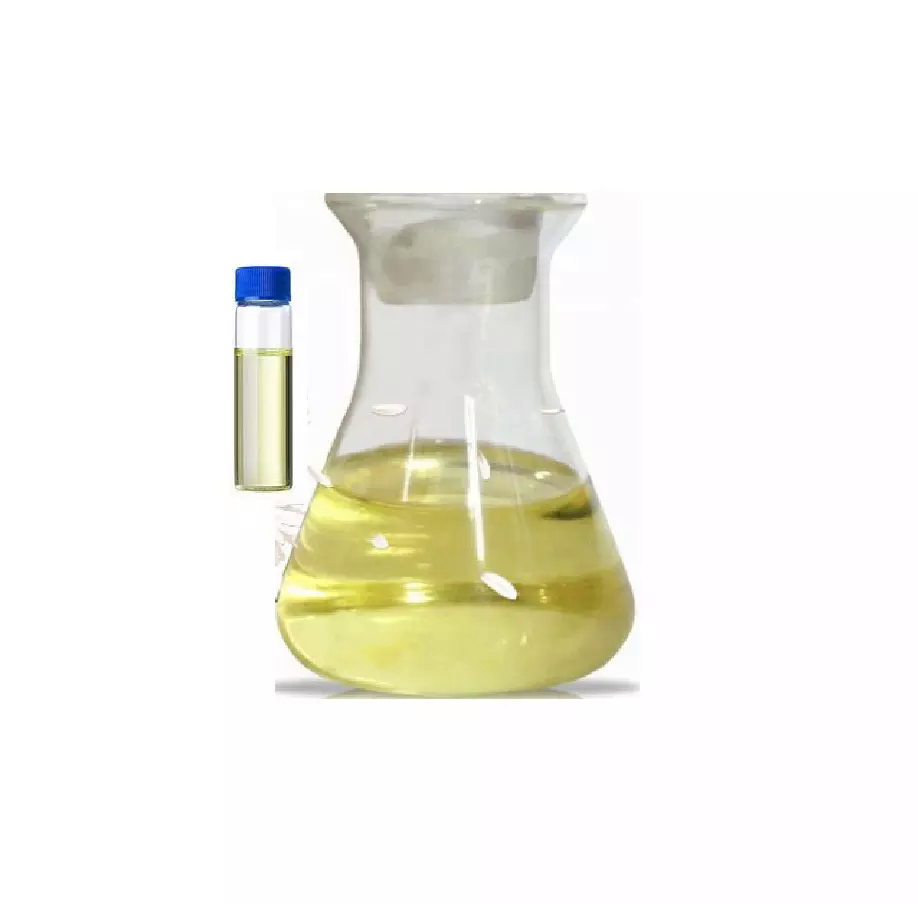 Phenyl acetylene 98%View Details
Phenyl acetylene 98%View Details -
 Phenylacetylene 95% CAS 536-74-3View Details
Phenylacetylene 95% CAS 536-74-3View Details
536-74-3 -
 Phenylacetylene CAS 536-74-3View Details
Phenylacetylene CAS 536-74-3View Details
536-74-3